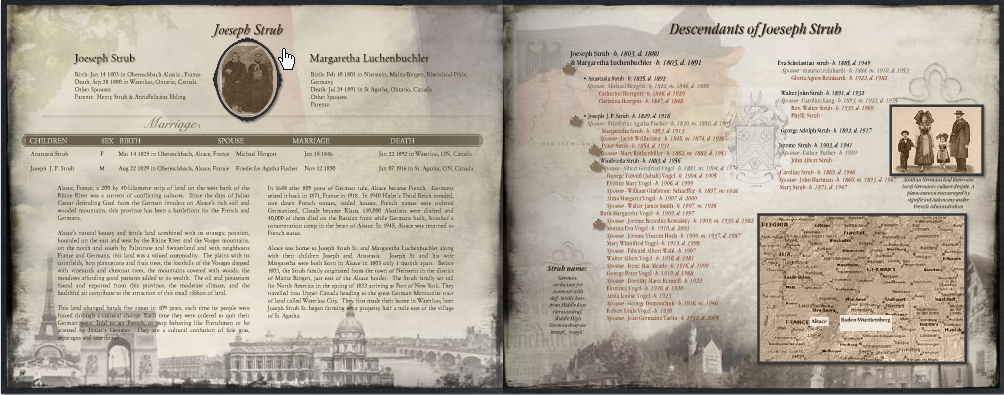We’ve fleshed out the idea for our family history book. We’ve outlined the process with our milestone goals. We’ve identified the tasks we need to carry out our milestone goals in our project planner. Now it’s time to create a daily schedule and incorporate daily habits that are going to support your tasks in getting your book accomplished. It’s time to make this project fit into your daily and weekly schedule. Let’s move it from being a dream to a reality.
We can’t create more hours in the day- we are all stuck with the usual 24 hours- but we can get more out of each hour by making our time count. I’ve listed below 5 practices that you can put in place to help you move your family history book project out of the planner and into your daily calendar.
First, we need a calendar to complete this part. Decide whether you want to use Microsoft Outlook, or Google Calendars or a good old-fashioned analog calendar. I like the Ink & Volt Planner to merge by projects into my daily life. By the way, my newest love is this lovely erasable gel pen to use in my planner.
Once you choose your calendar of choice let’s start pulling your tasks from your Family History Book Project Planner into your daily calendar.
1.Plan Ahead
The first task we make a habit is to plan ahead. Sit down each night and plan out the activities for the next day. You’ll be amazed by how much more you can get done if you always know what you should be doing. Where you’re going next. Create a list of all tasks you wish to get done the next day. Include everything, not just your book-related tasks but taking the dog to the vet, grocery shopping etc. It will help you to balance the time you have for your book project and the time you have for life.
2. Prioritizing the Big 3.
This is key to your daily schedule. Otherwise, you might find yourself wasting away the day on a task that does not advance your book project. Each day name your big 3 priorities, the top three items that must be accomplished to advance your family history book. These tasks should be taken from your project planner that you created. When you first try planning your day, you may find it hard to decide which are the most important and should move to the top of the list. Sometimes it can feel like everything is crucial. But with practice, it will become easier. It is really about asking yourself, which items on the list will have the most significant positive impact if I get them finished tomorrow. Move them to the top of the list.
3. Schedule your tasks on your calendar.
Also, show how time much is required for this job. Write down exactly what times you intend to spend working on your three highest-priority tasks. Making an appointment with yourself and your project task is essential. You’re saying these are important to me. They don’t have to be completed in order of importance only that tomorrow you will finish them. They are a priority and are deserving to be on your calendar. Your schedule doesn’t have to be set in stone – in fact, you will almost certainly end up shifting things around as new tasks come up and old ones lose their urgency. This is why I love my erasable gel pen. Deferring things to the next day because sh*t happens is ok. But don’t make this a habit.
4. End of Day Review
At the end of each day, review your accomplishments. What got deferred, were there any new tasks that were added to the list. Begin planning for tomorrow, identifying your big 3 once again, and scheduling. Make this a daily habit, and you’ll soon find yourself checking off those tasks on your project planner one by one.
5. Weekly Review
At the end of each week, I like Sunday to take a few minutes to review my week. Review your project planner. Identify your big priorities for the upcoming week. Review what you accomplished on your project in the previous week. This habit is not so much for identifying your gaps but for no other reason than to give you confidence and to keep you motivated. Be proud of everything you’ve accomplished. Review your milestone goals and the tasks, are there any you can mark as completed? Move the next tasks in project planner to your weekly calendar.
If you continue to repeat these 5 steps each week and make them a habit, you’ll very quickly find yourself closer to the finish line of completing your dream project of building your family history book.
With a little organization, scheduling and daily habits, you can make your family history book a reality.
Part 1: Identifying Your Dream
Part 2: Fleshing out the 8 Milestone Goals
Part 3: Making an Action Plan and Project Timeline










